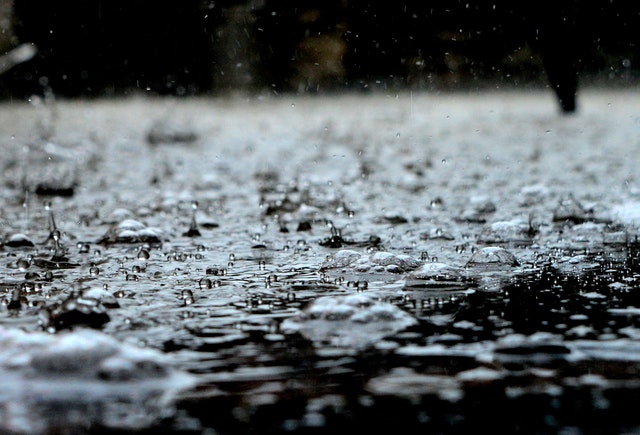Heavy rainstorms can cause a lot of damage to our homes and property through lightning strikes, flooding, and strong winds. Therefore, it is always a good idea to take some precautions to help minimize the damage and to ensure the safety of your property and loved ones.
Prepare the Outside
External preparations are essential before the rainstorm begins. If you want to ensure that the inside of your home remains comfortable and dry, then the outside needs to be set up correctly. Perform this simple, quick check thoroughly:
Clean The Gutters
Clean the gutters or eaves-trough. Rainwater can pool in some disturbed areas if your trough is not cleared correctly. Gutters can pool in some disturbed areas if your trough is not cleared correctly. Ensure that the downspouts are not pointing at your house foundation. You do not want the water pooling at the foundation and seeping into your basement or through cracks into your house.
A properly cleaned gutter will ensure that the water is directed away from your house and keep the inside of your house dry and comfortable.
Check The Roof
Check that the roof of your house is not damaged and that it is in good condition. Suppose you find any missing shingles or tiles, sagging edges, or cracks in your chimney. In that case, it is best to call a professional immediately to have the roof examined and fixed before the storm arrives. On the opposite side of this is under the house where your crawl space is. If you have a crawl space, then it is essential that you make sure it is secure and safe from flooding. If it is not, then you risk bad indoor air quality as well as mold, rot, and structural damage which can impact the rest of your home. Speaking to experts who are well versed in crawl space encapsulation in Minneapolis, MN, or encapsulation where you are based, is essential so you can get everything sorted out and protected before another storm comes your way.
Cover and Store Your Valuable Items
Ensure that anything of value is stored away safely or covered to protect it from water damage. Your gardening tools, furniture, barbeque, etc., can be damaged during heavy rainstorms and should be kept safe to prevent any losses. The items that you do not manage to fit inside your house or shed should be covered with waterproof tarps and fastened to keep them from being blown away by strong winds.
Check the Street Grates
People living in cities should ensure that the street grates do not have any debris that could block water flow. This will help protect your home and keep the sewer from backing up.
Preparing the Inside of Your Home
The next step is to check the inside of your home. Remember, it is better to take precautions rather than suffer the consequences during the storm.
Close The Doors and Windows
This might seem obvious to many people, but you would be surprised how often it gets overlooked. Double-check to ensure that every window or door is shut tight and that all the furniture and electronics are a safe distance away from doors and windows. Remove your furniture and valuables from your basement as basements tend to flood during heavy rainfall. In the leadup to a big storm, shutting your windows can also help you to keep pests out of your home, which can be an added benefit. You may have noticed that rats, mice or cockroaches always manage to find their way into your home, it’s likely through windows that are open a crack or doors left open for ventilation. It’s now you can stop this from happening by closing up everything, if you’ve still got the issue obviously it would be best to look into pest control services such as those at https://www.
Check The Sump Pump
Homeowners that have a sump pump should ensure that it is working. It is also advised to keep a battery generator in your house to keep the sump pump running if the power goes out. Your home insurance also gets a discount if you have one.
Prepare Emergency Kits
As we said, it’s always safe to be prepared. Charge all your flashlights and cellphones are charged, have extra batteries, stock up on food, and make water accessible. Power often goes out during thunderstorms, so a generator might also come in handy. Have some dry clothes than can last you a while and make any vital medication accessible for everyone.
Have a plan. Prepare all the supplies for your family to ensure their safety and comfort. Give everyone instructions to know what to do in case of an emergency and prevent panic.
Having The Right Insurance Coverage
Ensure that your home insurance covers water damage. Understand all the coverage and aspects of your insurance to ensure that your property is protected if a storm destroys your home.
Check Your Gas and Electrical Lines
Most people overlook the gas and electrical lines, even though they are the most volatile during storms. Ensure that you can easily switch off all power to prevent electrocution and electric fires if it floods. You should also cut the gas supply when the need arises.
Should you suspect a gas leak, leave the house immediately and contact an expert to check the area.


